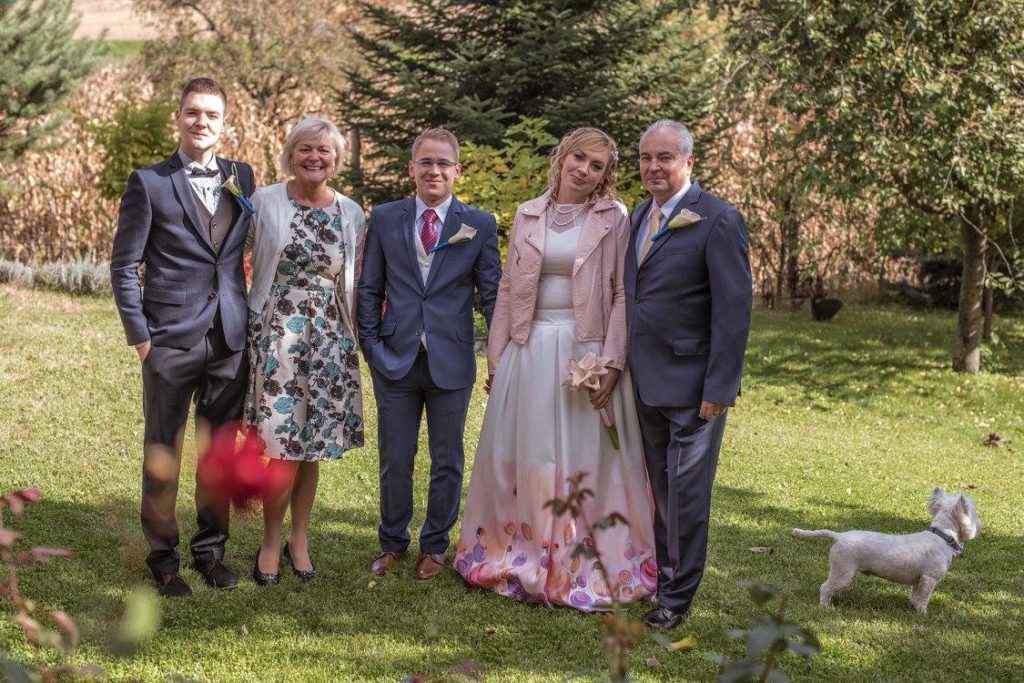 If you’re just joining us, in July of 2019, we launched a series of interviews conducted with kids, young adults and adults who were/are being raised with P.E.T., Parent Effectiveness Training—a program designed in 1962 by Dr. Thomas Gordon, founder of Gordon Training International. These interviews are amazing and full of rich details and insights—we’ve compiled the highlights of our second one for you.
If you’re just joining us, in July of 2019, we launched a series of interviews conducted with kids, young adults and adults who were/are being raised with P.E.T., Parent Effectiveness Training—a program designed in 1962 by Dr. Thomas Gordon, founder of Gordon Training International. These interviews are amazing and full of rich details and insights—we’ve compiled the highlights of our second one for you.
Our P.E.T. “Kid” featured in this interview is Virag, from Hungary, Age 29
Sheryl: Can you tell me what it was like being raised with PET?
Virag: I did really enjoy it. Honestly from as long as I can think back, for example, in my kindergarten years, I’ve always known that my parents raised me somehow differently than my friends’ parents did.
I think I was 5 years old when a dance teacher at the kindergarten told my mom that I’m a peace maker because I did some mediation between two kids fighting with each other. I helped them solve their problem. It was natural for me, but very strange for adults to see.
Also, when I think about my friendships, my friends like to talk to me. I always have had strong and lasting friendships. That’s also the way it is in my family. That’s natural. That’s how we do things. I like how we do things in my family.
Now that I am an adult, I can see that I have a much better relationship with my parents for example, or a more honest, or trusting relationship, than my friends. A lot of my friends who are adults don’t really trust their parents or don’t tell them pretty big things. That’s something that I hope I will be able to do when I have kids. I want them to trust me instead of hiding things. For me, it was always obvious that I could trust my parents no matter what.
I did some stupid things when I was a teenager and when I got into trouble, it was always clear to me that I would always call my parents. Maybe they will be unhappy, but they will help me and support me when I need it.
S: Can you tell me about an example of when you used the skills to resolve a problem?
V: I really enjoy using the Method III thinking. Now in my new family, I have a husband and Method III is our base for solving things. Method III is how we defined and figured out what flat we would like. That’s how we organized our wedding and that’s usually how we organize our holidays.
S: Can you tell me about a time when you used the skills in your family?
V: At my parents’ house, when my father got home from work, he always used to put his stuff—his bag, his suit jacket, his company ID card—on the dining room table. When you enter the house, the first horizontal place is the dining room table. And he kept on leaving his stuff there and it was really annoying.
We really didn’t want to move his stuff and we didn’t want to make him feel that he was annoying us, but it was not the place, for example, that my mom would want to have that stuff.
There was a lot of begging and asking him not to put it there. Then we realized, and it actually took a few years, but we realized we had to modify something in our environment because he had a need to put down everything that connected him to his workplace so he could arrive home and feel at home.
What we did after we realized that he needed that was to rearrange the living room. We put another table on the other side of the entrance door. That is his table, with a chair, and nobody is going to bug his stuff there. And yes, sometimes, it looks like, “Aahhhgh!” But it’s a table where he can leave his stuff—his phone, his bag, his newspapers—and he really enjoys it.
It’s been ten years and he really likes it since then. And he, from time to time, packs his stuff or puts something in order.
S: Is there anything else you’d like to say about the PET skills?
V: I’m very happy with the Gordon Model skills. I’m also very glad that I ended up modifying my studies and I ended up teaching it.* Every day I can see how important it is for all the people who live in this world.
I really hope that we can keep using these skills and get more people to understand them and use them.
*Virag is now a certified P.E.T., Y.E.T. and Be Your Best Instructor

